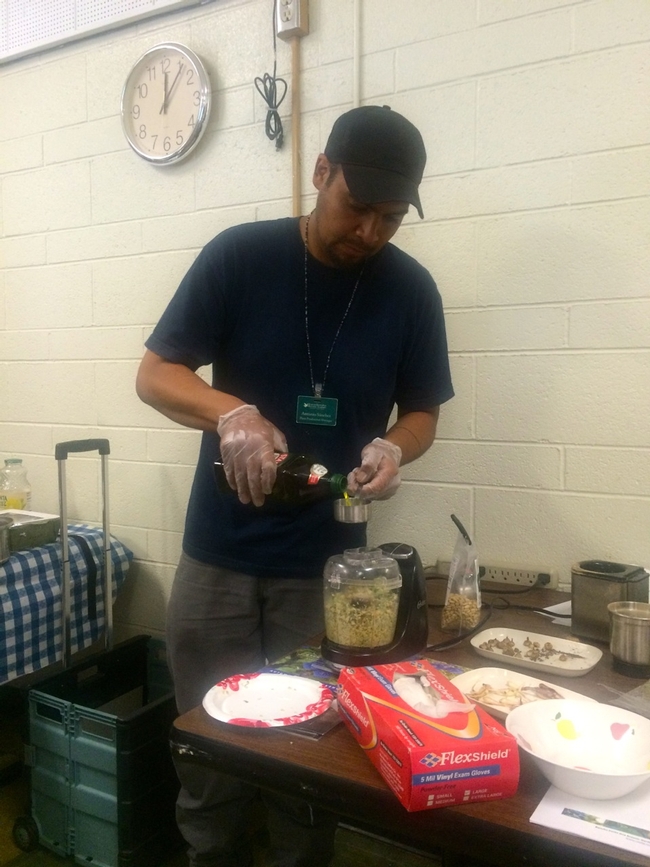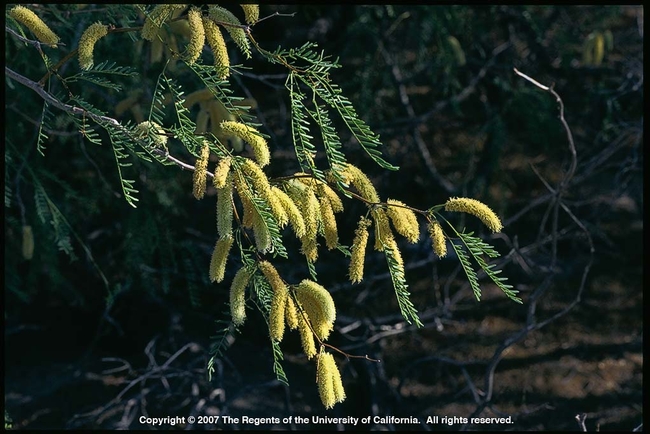Will edible native plants be a new food trend?
Will edible natives plants be a new food trend, the ultimate in eating locally? Antonio Sanchez at the Rancho Santa Ana Botanic Garden in Claremont hopes so. Among California native plants are many overlooked food sources, some with gourmet potential, according to Sanchez, production manager at the garden. As an added bonus, edible natives are often low-water users that look great in landscapes. He recently gave UC Master Gardeners in Los Angeles County an overview of edible natives, and had them taste some of his favorites, including his recipe for Cleveland Sage Pesto.
There are six native plants that Sanchez thinks are especially worth checking out.
- Miner's lettuce (Claytonia perfoliata). It's easy to grow and found throughout much of California. Its leaves can be used in salad, soup, or pesto. (It can also be a weed in certain situations, according to UC IPM).
- Cleveland sage (Salvia clevelandii). A beautiful, drought tolerant ornamental, it can also be used in pesto, beer, ice cream and baked goods.
- One-leaf onion (Allium unifolium). All parts of this native onion are edible.
- Honey mesquite (Prosopis glandulosa var. torreyana). Dried pods can be ground to make a gluten-free flour.
- Roger's California grape (Vitis ‘Roger's Red'). This plant, which was recently determined to be a hybrid between a native California grape and a cultivated grape, produces small, sweet fruit with seeds that can be eaten fresh, or used for juice or jelly.
- Golden currant (Ribes aureum). Fruit can be eaten fresh or made into jelly.
Adventurous cooks, gardeners, foragers, and anyone else who want to learn about edible native plants can attend the upcoming California Native Food Symposium, which will be held on November 14and 15 at the Rancho Santa Ana Botanic Garden.
The author is Rachel Surls, sustainable food systems advisor for UC Agriculture and Natural Resources Cooperative Extension in Los Angeles County.
Comments:
2.
These items sort of remind me of acorn flower, made by the Indians who call it wewish, meaning We wish we had something better to eat.




Posted by Lauren M. McNees on September 24, 2015 at 3:22 PM